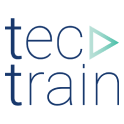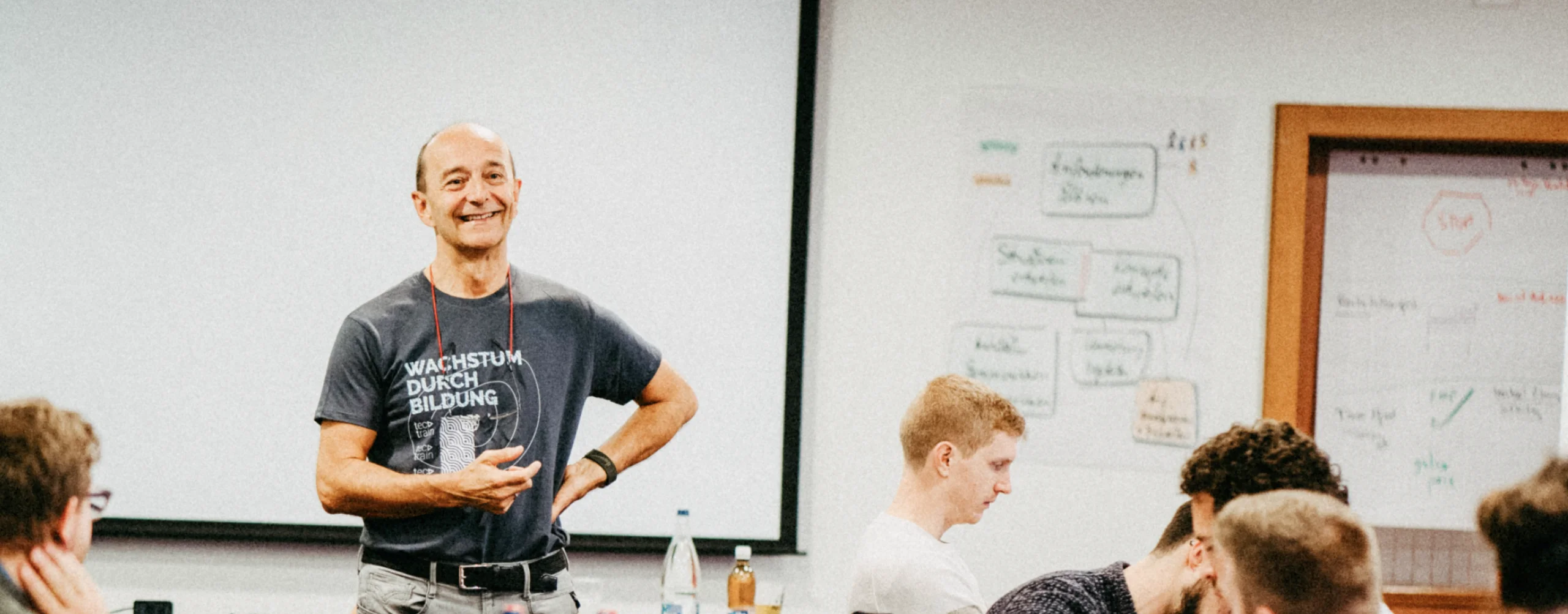What is the Agile Manifesto?
The Agile movement distinguishes itself from other software development methodologies by originating from a set of ideas, values, and principles that encapsulate a unique mindset. This shift towards agility began when a group of forward-thinking individuals convened to rethink traditional project management challenges.
In 2001, 17 prominent figures in the software industry gathered for two days and unveiled the Agile Manifesto for Software Development, along with its accompanying principles. One of the key tenets, "agile manifesto responding to change over trying to adhere to a fixed plan," encapsulates the essence of this new approach.
Although initially designed for software development, the core values of the manifesto have broader applications. Known as the agile project management manifesto, its principles are not confined to engineering but can be effectively implemented in administrative domains as well. The manifesto serves as a foundational guide for agility across various sectors, proving that its relevance extends beyond its original context.
Featured Resource:
Agile Transformation: Benefits, Challenges & Implementation
Who wrote the Agile Manifesto?

Instead of trying to define what Agile means, these authors of the Agile Manifesto have published 12 principles and 4 values that define what Agile focuses on. After days of discussions, this group agreed on a set of basic ideas and principles to find solutions to the software development problems they faced during their careers.
What are the four core values of the Agile Software Development Manifesto?
The agile manifesto values serve as the core foundation for all agile methods, frameworks, and models. For organizations, adopting agile is not merely a matter of switching techniques or simplifying existing processes.
It goes beyond transitioning from individual tasks to team-based efforts, or from traditional waterfall project management to agile frameworks. It's not just about shifting the focus from project management to product development either. What's crucial is that organizations must undergo a comprehensive cultural transformation, guided by the agile manifesto values, to truly embrace agility in a holistic framework.
1- Individuals and interactions over processes and tools
"Individuals and interactions over processes and tools" in the Agile Manifesto underscores that people and their interactions are more vital than rigid processes and tools in successful software development. It prioritizes valuing individuals, promoting collaboration, and enabling adaptability.
Agile empowers self-organizing teams, granting them autonomy and fostering continuous improvement. While processes and tools have their place, they should serve the needs and dynamics of the team, not dictate them. This principle encourages a people-centric, flexible, and collaborative approach to software development.
2- Working software over comprehensive documentation
The phrase "Working software over comprehensive documentation" is one of the core values listed in the Agile Manifesto. This value emphasizes the importance of delivering functional software as a priority over creating extensive documentation. While documentation is not disregarded, the focus is on creating a working product that meets customer needs.
The idea is that comprehensive documentation can become obsolete or may not even be used, whereas working software provides immediate value. This approach aligns with Agile's emphasis on responding to change and customer collaboration, allowing for more flexibility and adaptability in the development process.
3- Customer collaboration over contract negotiation
The value of "Customer collaboration over contract negotiation" in the Agile Manifesto underscores the importance of working closely with the customer instead of getting bogged down in contract details. While contracts are not dismissed, the focus shifts towards building a strong relationship with the customer to better understand their needs and expectations.
This collaborative approach allows for more flexibility and adaptability, making it easier to accommodate changes and deliver a product that truly satisfies the customer.
The idea is that a rigid contract can limit the ability to respond to change, whereas open collaboration fosters innovation and customer satisfaction. Essentially, this value promotes a more dynamic and responsive way of conducting business, aligned with Agile principles.
4- Responding to change over following a plan
The principle "Responding to change over following a plan" in the Agile Manifesto highlights the importance of adaptability and flexibility in the development process. While having a plan is important, the Agile approach recognizes that conditions can change rapidly, and sticking rigidly to a plan can be counterproductive.
This value encourages teams to be open to changes, even late in the development process, as these changes could lead to a better end product. The focus is on delivering the most value to the customer, which often requires adjusting plans to meet new requirements or solve unforeseen challenges.
In summary, this Agile value prioritizes adaptability and responsiveness to ensure that the project remains aligned with customer needs and market conditions.
What are the Agile Manifesto 12 Principles?
The Agile Manifesto's 12 Principles serve as the foundational guidelines for implementing agile methodologies in software development and project management. Born out of the Agile Manifesto, these principles focus on customer satisfaction, flexibility, collaboration, and delivering high-quality products efficiently. Understanding and applying the agile manifesto principles is crucial for any team or organization aiming to adopt agile practices successfully.
These principles not only guide how tasks are executed but also shape the organizational culture around agility and continuous improvement. Whether you're new to agile or an experienced practitioner, these 12 principles are the bedrock of any agile project and serve as a roadmap for achieving truly agile operations.
1. Our highest priority is to satisfy the customer through early and continuous delivery of valuable software.
Customer satisfaction is the ultimate goal in Agile development. Delivering valuable software early in the project lifecycle allows for immediate user feedback. This early feedback can be invaluable for steering the project in the right direction. Continuous delivery keeps the product aligned with customer needs and market changes.
This principle fosters trust between the development team and the customer. For example, a streaming service that continuously rolls out new features based on user feedback would be applying this principle effectively.
The customer can give extensive and rich feedback only after seeing the running software. The best way to get feedback is to get the first working version of the software to the customer as early as possible. Before delivery, the software team should fully explain the software delivery terms to the customer to avoid panic in case of missing expected features.
A collaborative team with customers, not tied to strict specifications, has the opportunity to make necessary changes throughout the process. That means continuous delivery. Agile methods should be iterated like this.
The team, consisting of one Scrum Master, one Product Owner, and Developers plan the next iterations of the software by collaborating with the customer and collecting feedback from previous iterations, and selecting features and requirements that add value to the software.
2. Welcome changing requirements, even late in development. Agile processes harness change for the customer's competitive advantage.
Change is inevitable in any project. Traditional methodologies often resist change, especially late in the development cycle, viewing it as a risk or a sign of failure. However, Agile sees change as an opportunity. Welcoming change allows the product to adapt to real-world conditions and customer needs.
For instance, if a competitor releases a new feature, an Agile team could quickly incorporate something similar to maintain a competitive edge.
3. Deliver working software frequently, from a couple of weeks to a couple of months, with a preference to the shorter timescale.
Frequent delivery is a hallmark of Agile development. It allows for regular review and adaptation. Shorter timescales for delivery mean that the product is continuously improved and fine-tuned according to real-world feedback.
This approach reduces the risk of late project failure and ensures that the product remains aligned with market needs. For example, a mobile app that releases monthly updates to improve user experience would be in line with this principle.
4. Business people and developers must work together daily throughout the project.
The collaboration between business stakeholders and developers is crucial for the success of any project. Daily interactions ensure that everyone is on the same page, reducing misunderstandings and scope creep. This principle fosters a culture of shared responsibility and mutual respect.
It ensures that business objectives are well-understood by the developers and that technical challenges are visible to business stakeholders. For instance, having a product owner embedded in the development team can facilitate this kind of daily collaboration.

5. Build projects around motivated individuals. Give them the environment and support they need, and trust them to get the job done.
A motivated team is often a successful team. This principle advocates for empowering team members by giving them the resources, support, and environment they need to succeed.
Trust is a key component, as micromanagement can be detrimental to motivation and creativity. For example, companies like Google offer their engineers "20% time" to work on projects that interest them, fostering innovation and job satisfaction.
6. The most efficient and effective method of conveying information to and within a development team is face-to-face conversation.
While written documentation and remote communication tools have their place, face-to-face conversation is often the most efficient way to share information.
This principle encourages direct interaction to resolve issues, make decisions, and clarify requirements. For example, daily stand-up meetings are a common Agile practice that promotes face-to-face communication.
7. Working software is the primary measure of progress.
Traditional project metrics like 'percent complete' can be misleading. This principle asserts that the best measure of progress is the delivery of functional software.
It encourages teams to focus on producing working features rather than getting bogged down in planning and documentation. For instance, a team that delivers a working login feature has made tangible progress, even if other features are still in development.
8. Agile processes promote sustainable development. The sponsors, developers, and users should be able to maintain a constant pace indefinitely.
Burnout is a real issue in software development. This principle advocates for a sustainable work pace to ensure long-term productivity and well-being.
It encourages organizations to respect work-life balance and to avoid crunch periods, which can lead to decreased quality and employee satisfaction.
9. Continuous attention to technical excellence and good design enhances agility.
Quality should never be compromised. This principle emphasizes that maintaining high technical standards and good design is crucial for agility.
Poorly designed code can lead to technical debt, making future changes more difficult and time-consuming. For example, adhering to coding standards and conducting regular code reviews can help maintain technical excellence.
10. Simplicity--the art of maximizing the amount of work not done--is essential.
This principle encourages teams to focus on simplicity in both the code and the project scope. By concentrating on what's truly necessary, teams can avoid overcomplication and gold-plating, thus saving time and resources.
For instance, a simple but well-designed user interface often trumps a flashy, complex one that confuses users.
11. The best architectures, requirements, and designs emerge from self-organizing teams.
Self-organization fosters a sense of ownership and accountability among team members. This principle suggests that when teams are allowed to self-organize, the best ideas often come to the forefront.
For example, a team that is allowed to choose its own tools and methodologies is likely to be more committed and effective.
Teams that plan a lot in advance often have complex designs. In a self-organizing team, there are no specific requirements and design phases. The team organizes itself to plan the project and for this, they often come together, break the project into small parts according to their functions, and start to evolve from the parts that could be most valuable to the company.
The team starts thinking about the requirements, design, and architecture in detail as soon as development starts. In this process, the project architects in the Agile team develop incremental design projects using techniques that help the team design a system that may change over time, rather than trying to create one large design to meet all requirements at the beginning of the project to fulfill.
12. At regular intervals, the team reflects on how to become more effective, then tunes and adjusts its behavior accordingly.
Continuous improvement is a cornerstone of Agile development. This principle encourages regular retrospectives, where the team can discuss what went well and what needs improvement.
These sessions are opportunities for collective problem-solving and are crucial for long-term success. For example, a team might realize during a retrospective that their current testing framework is causing delays and decide to switch to a more efficient one.
By deeply understanding these 12 principles, you can fully embrace the Agile methodology, leading to more successful, efficient, and customer-centric projects.
Conclusion
In summary, it can be said that the Agile Manifesto is an important basis for agile methods in project management. The core values and principles of the manifesto provide orientation and help to work together effectively and successfully in a team.
If you want to learn more about how to implement the Agile Manifesto in your work, you should visit our Scaled Agile Framework page. There you will find various SAFe courses, including our "Leading SAFe" course, which teaches you the basics of SAFe and prepares you for the SAFe Agile certification.
And if you are also interested in other IT topics, we offer a wide range of training courses and certifications on our "Academy" page that can help you to expand your knowledge and skills in different areas. Have a look and discover the possibilities that are available to you!






(4).png)



